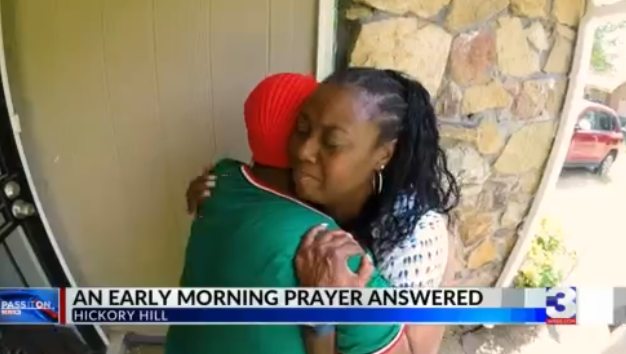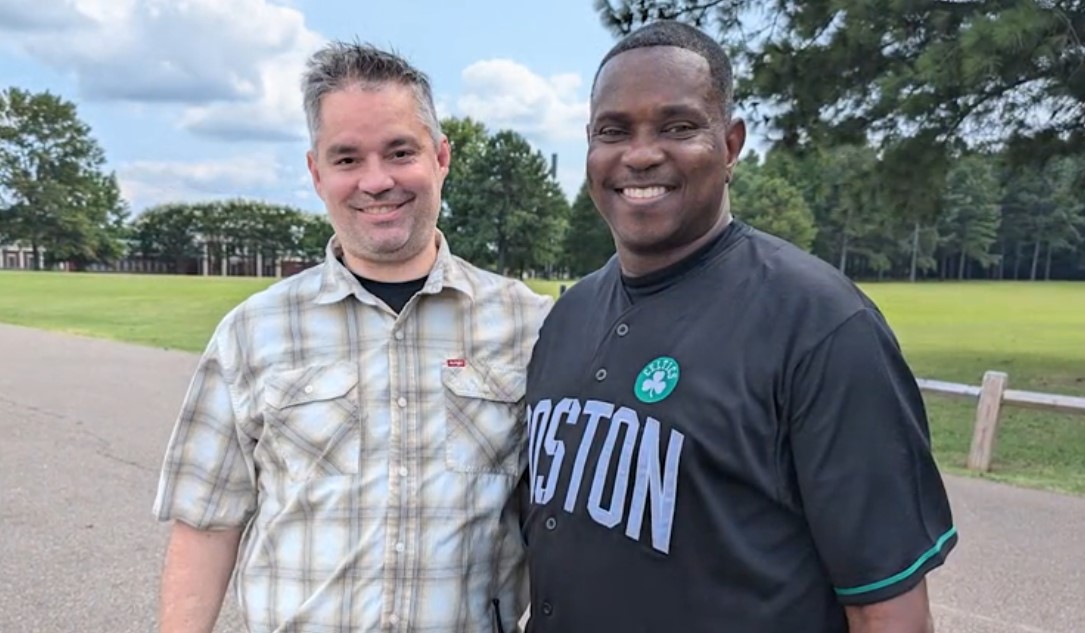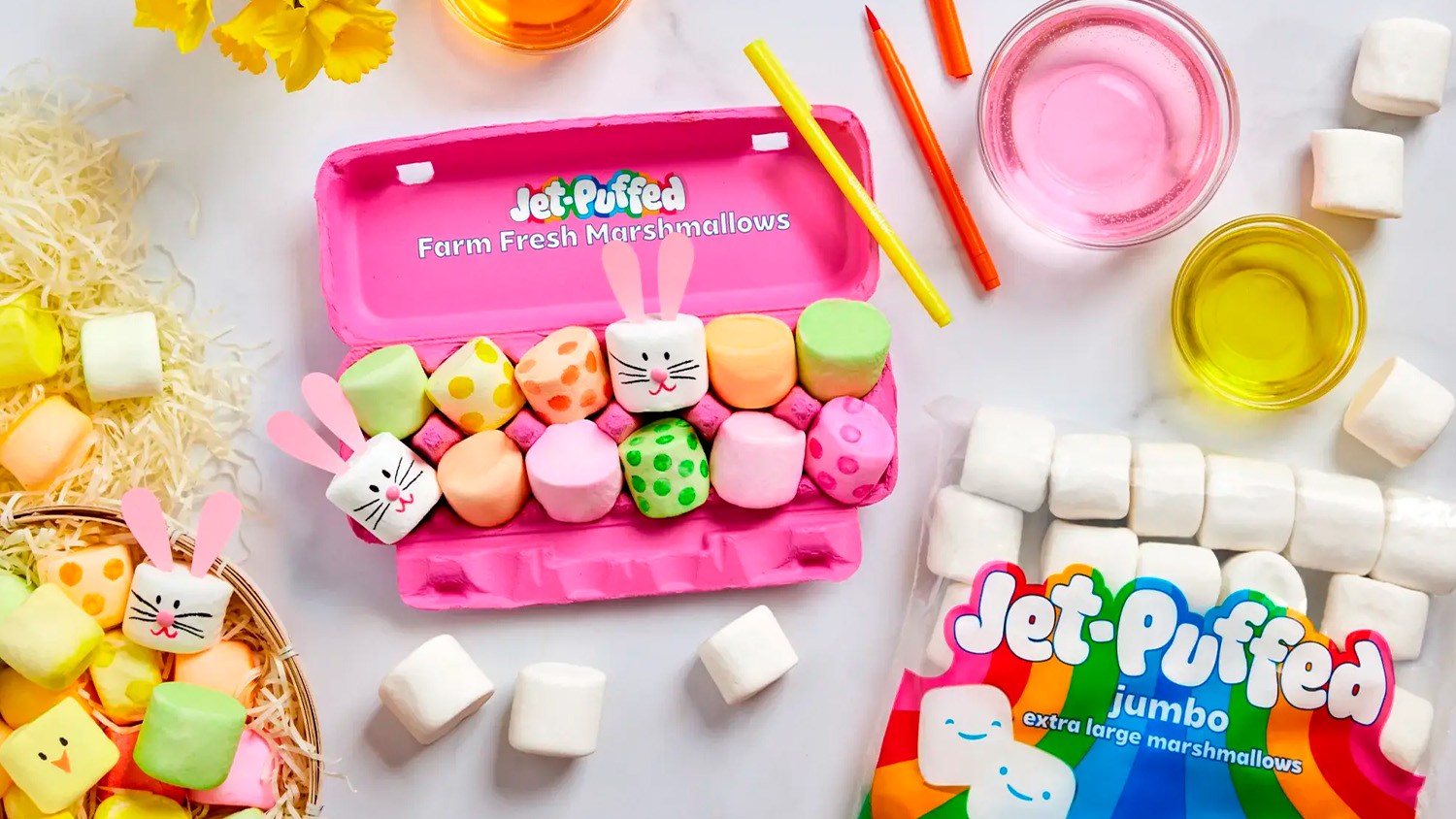After a few weeks of coronavirus quarantine, your home and backyard and even your neighborhood may feel a little smaller than it once did — especially if you have children.
That’s why it’s time to look up into the sky.
Scientists from NASA and the International Space Station National Lab don’t want your kids to fall behind because they’re missing out on field trips to your local science museum, planetarium and other activities that can spark a love of science, technology, engineering or mathematics (STEM).
NASA’s ten ideas for space-themed things you can do at home is just the beginning of activities for kids and families to enjoy.
Get specific based on what your child is already learning in the classroom with NASA’s kindergarten through 4th grade, 5th through 8th grade and 9th grade through 12th grade guides. These guides include hands-on activities and experiments, things you can make at home, a night sky resource, videos and more.
The Space Foundation’s virtual discovery center is sharing video lessons and challenges, and both NASA and the space station’s US National Lab site have dedicated hubs to explore.
So, even if your kids are home for the foreseeable future, you can still enjoy some adventures together that are out of this world.
And who knows, you may also learn something, develop a passion for space and science and even participate in a citizen scientist project that needs your help.
Here’s a sampling of the experiences you and your child can enjoy.
Activities
Build a rocket! In fact, build a straw rocket if you’re concerned about safety with this easy experiment.
This week is the largest supermoon of the year, but the next one occurs in May. Be prepared by making your own moon phase calendar and calculator with help from NASA.
Train to be an astronaut on the space station with the National Lab and Space Station Explorers organization. Design a crew mission patch, learn about engineering rockets, how to conduct a spacewalk and even design your own space station.
Pick the next plant that will live and grow on the space station during the ExoLab Biological Design Challenge.
Conduct experiments at home and compare them with experiments conducted on the space station, including growing your own “alien head,” with activities hosted by the DreamUp organization.
Contribute to ongoing experiments on the space station by looking at photos and videos and share your findings with scientists through Orion’s Quest. Or just enjoy the gorgeous photos astronauts take from their unique vantage point of the Earth through Windows on Earth.
Explore
Track the space station as it orbits around Earth and even request that a photo of your home or school gets snapped from space through the Sally Ride EarthKAM on the space station.
Tour and explore our solar system, and then go beyond to visit exoplanets at NASA’s Exoplanet Travel Bureau. You can also download and print out cool exoplanet posters and coloring pages for the places you “visit.”
Take a virtual tour if you’re feeling a little stir crazy. NASA has everything from tours of the space station and its research facilities to the Hubble Space Telescope and its flying SOFIA observatory.
NASA’s Kids’ Club hosts fun but educational games that let your child drive a Mars rover and prepare to be an astronaut.
Listen in
NASA’s sharing ebooks for your favorite bookworm to study up on their areas of interest, from Hubble’s discoveries to the secrets of aeronautics and spaceflight.
Pull up a chair for Story Time from Space as astronauts read space and science-themed children’s books from the space station. NASA astronauts are also reading stories and sharing videos on Instagram, Facebook and Twitter.
If you’re looking for ways to learn without the screen-time, NASA also has several podcasts that share the latest news, science and technology.
And then there are the videos. So many videos. Explore spaceflight history, science about our planet, solar system and the sun, planets beyond our corner of the universe. Learn what it takes to be an astronaut and everything you wanted to know about astronomy.


























